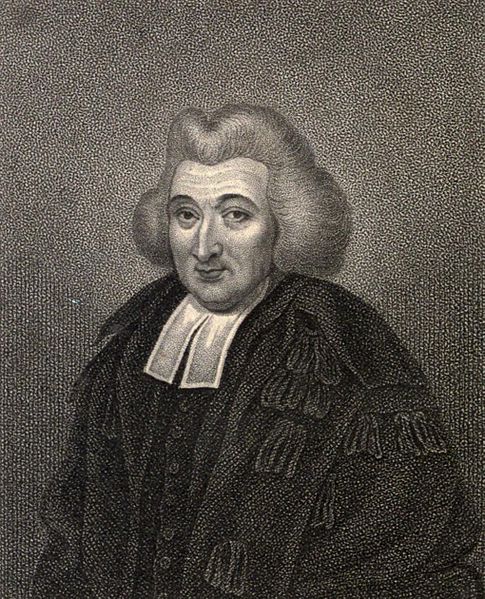"the notion that the syllogism is a petitio principii, a begging of the question, the use of a proposition to prove itself, was to be developed by George Campbell, Dugald Stewart, and John Stuart Mill. They were to hold that the conclusion of a syllogism is simply a restatement of its major premise, and that anyone who thought he was proving something by a syllogism was in fact proving a conclusion by using that conclusion as a witness to its own truth.
 A more decisive and devastating blow to the syllogism came from one of Reid disciples, the Rev. George Campbell who pointed out objections from four interrelated points of view. In one of them he explained that in a syllogism that stated: "all animals feel, all horses are animals, ergo all horses feel":
A more decisive and devastating blow to the syllogism came from one of Reid disciples, the Rev. George Campbell who pointed out objections from four interrelated points of view. In one of them he explained that in a syllogism that stated: "all animals feel, all horses are animals, ergo all horses feel":"all animals feel, is only a compendious expression, for all horses feel, all dogs feel, all camels feel, all eagles feel, and so through the whole animal creation." Philosophy of Rhetoric, I, 170 in Howell (1971), 403.Reference
Howell, Eighteenth Century Logic. Princeton.

No comments:
Post a Comment